Description
What is a 13.56 MHz Long Range Antenna?
The 13.56 MHz Long Range Antenna CTRF-ANTENNA-FPC-1356-4020-IPEX is a 13.56MHz antenna with a 13.56MHz RFID antenna internal FPC antenna manufactured by C&T RF Antennas Inc. for RFID application.
The 13.56 MHz Long Range Antenna is an NFC antenna with a 40x20mm flexible printed circuit board antenna and 130mm cable antenna extension Ipex antenna.
What is 13.56MHz?
13.56MHz and 2.4GHz are both frequencies of wireless devices, such as cordless phones, wireless routing, and the like are generally 2.4g, 13.56 MHz can generally be used to perform RF recognition.
RFID can be divided into low-frequency, high-frequency, and ultra-high-frequency systems according to their frequency, and the RFID products of different frequency bands will have different characteristics. 13.56MHz is within the high-frequency range.
13.56MHz belongs to the range of radiofrequency, and the RF frequency ranges from 300 kHz to 300 GHz.
RF indicates that the electromagnetic frequency of the space can be radiated, and the frequency ranges from 300 kHz to 300 GHz. AC electrical electrical electrical electrical electrical electrical current per second is called a low-frequency current, greater than 10,000 times called a high-frequency current, and radio is such a high-frequency current.
The radio frequency (300kHz-300GHz) is a higher frequency band of high frequency (greater than 10k), and the microwave band (300MHz-300GHz) is a higher frequency band of radiofrequency.
When the electromagnetic wave frequency is less than 100 kHz, the electromagnetic wave is absorbed by the surface, and cannot form an effective transmission, but when the electromagnetic wave frequency is higher than 100 kHz, the electromagnetic wave can be propagated in the air, and the ionization layer reflects in the outer edge of the atmosphere to form a long-distance transmission capacity.
High-frequency
The high frequency (operating frequency is 13.56 MHz) The sensor of this frequency no longer needs to be wound, and the antenna can be produced by corrosion or printing.
The inductor is generally operated in a manner of load modulation. That is, through the on-and-off and disconnection of the load resistance on the inductor, the voltage on the reader antenna is changed, and the antenna voltage is realized with a distance sensor to modulate the antenna voltage.
These data can be transferred from the sensor to the reader using the data controls the on and disconnection of the load voltage.
13.56 MHz Long Range Antenna characteristic:
1. The operating frequency is 13.56MHz, the wavelength of this frequency is about 22MHz;
2. In addition to the metal material, the wavelength of this frequency can pass through most materials, but it is often lowered to reduce the reading distance. The inductor needs to leave the metal from a distance;
3. This band is recognized in the world and has no special limit;
4. The inductor is generally in the form of an electronic tag;
5. Although the magnetic field region of this frequency drops very fast, it can produce a relatively uniform read and write area.
6. The system has anti-risking characteristics, and multiple electronic tags can be read at the same time.
7. Some data information can be written on the label.
8. The data transfer rate is faster than the low frequency, and the price is not very expensive.
13.56 MHz Long Range Antenna main applications:
1. Book management system application
2. Management application of gas cylinders
3. Management and application of clothing production lines and logistics systems
4. Three table preparation fee systems
5. Hotel door lock management and application
6. Large conference staff channel system
7. The management system of fixed assets
8. Management and application of medical logistics systems
9. Management of smart shelves.
Compliance with international standards:
a) ISO / IEC 14443 Nearly coupled IC cards, the maximum read distance is 10 cm.
b) ISO / IEC 15693 interposed IC card, the maximum read distance is 1m.
c) ISO / IEC 18000-3 This standard defines the physical layer, anti-risking algorithm, and communication protocol of the 13.56 MHz system.
d) 13.56MHz ISM BAND Class 1 Defines 13.56MHz to match the EPC interface definition.
The ISM bands are also widely used for Radio-frequency identification (RFID) applications with the most commonly used band being the 13.56 MHz band used by systems compliant with ISO/IEC 14443 including those used by biometric passports and contactless smart cards.
The 13.56MHz Antenna Embedded Flex PCB Antenna 13.56 MHz Long Range Antenna is supplied by C&T RF Antennas Inc.
We provide RF antennas with PCB & Flex PCB & Omni antenna types, covering the below frequencies:
5G NR PCB Antennas, LTE PCB Antennas, GSM PCB Antennas, Wifi PCB Antennas, NB-IoT PCB Antennas, LoRa PCB Antennas, GPS PCB Antennas;
5G NR FPC Antennas, 4G FPC Antennas, 3G FPC Antennas, NB-IoT FPC Antennas, Wifi FPC Antennas, GPS FPC Antennas, LoRa FPC Antennas;
5G Omni Antennas, 4G Omni Antennas, Wifi Omni Antennas, LoRa Omni Antennas; etc.
Contact us for more information on the NFC antenna 13.56 MHz Long Range Antenna Embedded Flexible PCB Antenna such as datasheet, pricing, inventory, or other antenna designs.
13.56 MHz Long Range Antenna Specifications
13.56 MHz Long-Range Antenna Electrical Specifications |
|
| RF Antenna Type | Flexible PCB Antenna |
| Model | CTRF-ANTENNA-FPC-1356-4020-IPEX |
| Frequency | 13.56MHz |
| Gain | 1dBi |
| VSWR | ≤1.8 |
| Impedance | 50 Ω |
| Polarization | Vertical |
| Cable Type | RG 1.13 |
| Cable Length | 130mm |
| Connector | Ipex/UFL |
| Lightning Protection | DC-Ground |
13.56 MHz Long-Range Antenna Mechanical Specifications |
|
| FPCB Board Dimension | 40*20mm |
| Weight | Approx. 5g |
| Material | PCB Board |
| Operation Temperature | -40˚C ~ +85˚C |
| Storage Temperature | -40˚C ~ +80˚C |
| Color | Black |
| Antenna Design | Dipole Antenna |
| Mounting | Screw/Sticker |
| Safety Emission and other | RoHS Compliant |
| Applications | RFID |
Embedded Flex PCB / FPC Antenna Features
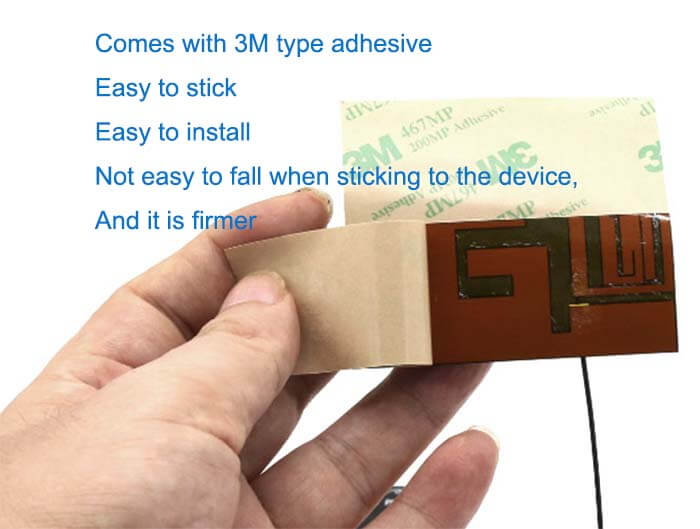
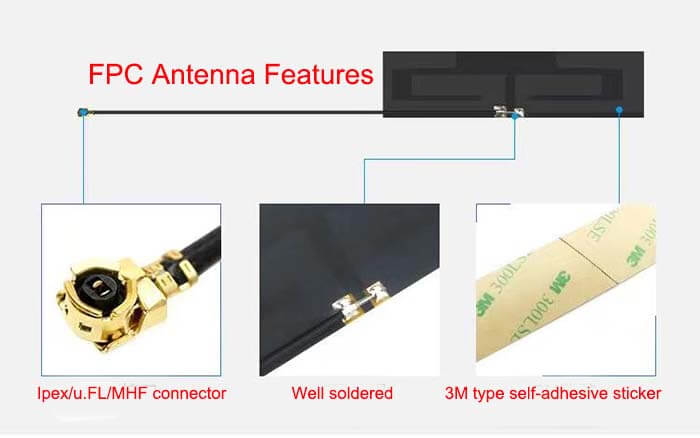
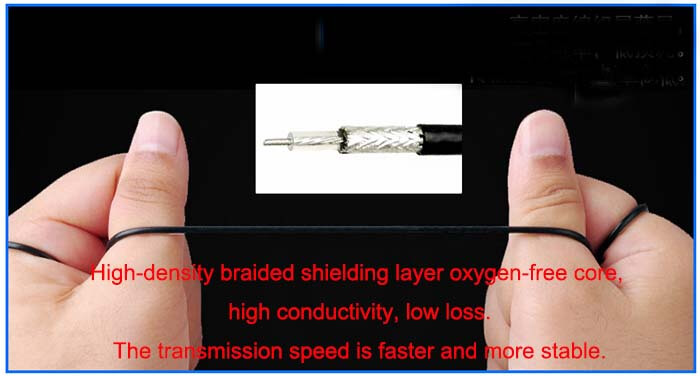
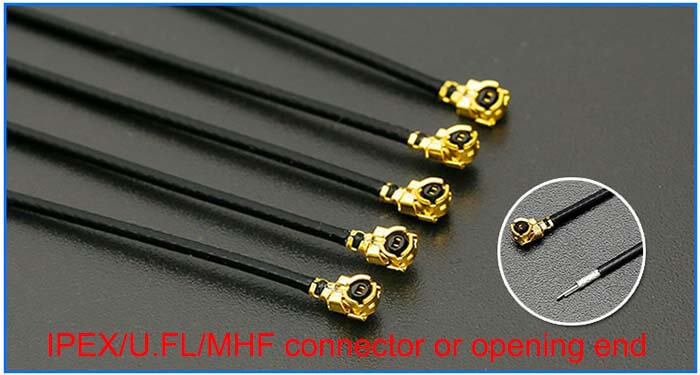

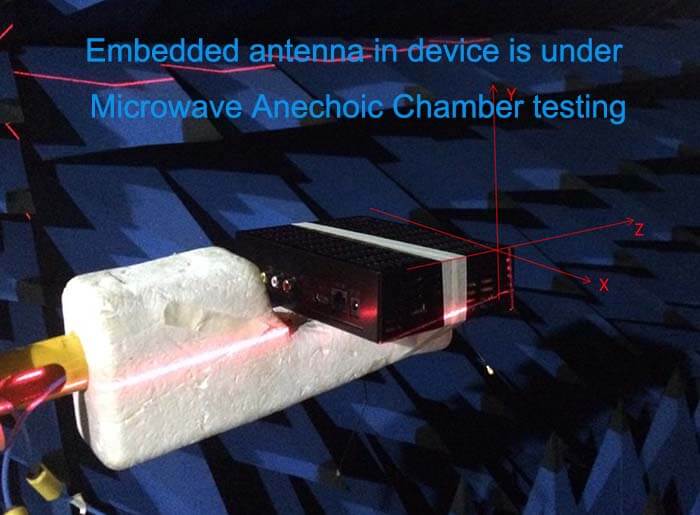
Customized Antenna Design
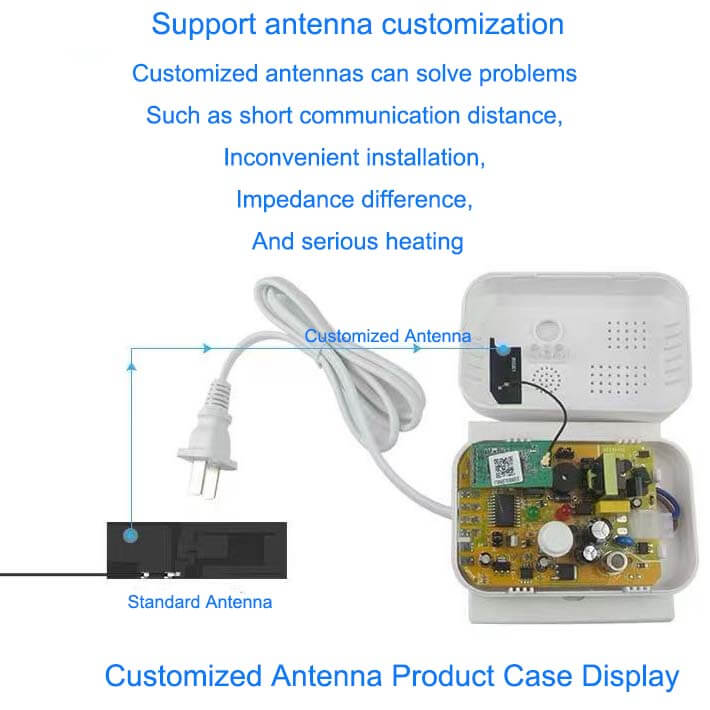


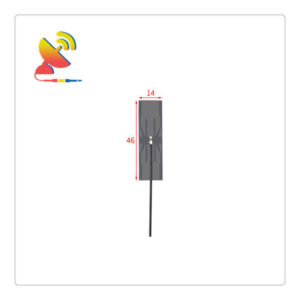

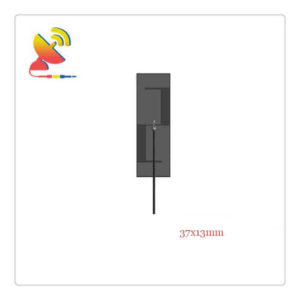
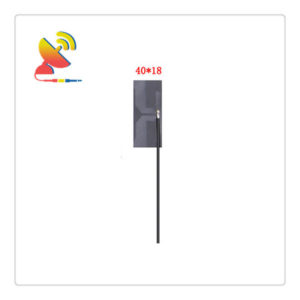
Reviews
There are no reviews yet.